Here are the “hundred and more reasons to love Nintendo” on Switch: let’s review Pikmin 1 + 2 in the review of the latter double shadow drop
It’s not the first time we’ve written one review for a GameCube title released as a surprise at the end of a Nintendo Direct, but after Metroid Prime Remastered we certainly didn’t expect that Pikmin 1 + 2 went out (or should we say “they went out”?) as a couple. Certainly, the decision to publish both as a frontrunner for the fourth chapter to be released this month is a sensible strategy for Nintendo, but the element of surprise (after the expectations dictated by politics on Nintendo Switch Online as a successor to the Virtual Console) is a good and good reference to the Big N as a “rebel teenager” as it was in the early 2000s. In short, the same as the always mentionable Official Magazine, debuting on newsstands with “GameCube has arrived!” on the cover.
It’s not so much that number 1 that we want to discuss, because Olimar’s debut was reviewed (with a 9) two months later, but rather number 32. Together with Pokémon Version FireRed and LeafGreen, under the scrutiny of the Milanese editorial staff there was also the second chapter of the floral saga. Awarded an even higher rating in its time, the game returns today in the company of its predecessor. Exams never end, and although it is possible purchase the two titles individually (as was the case with No More Heroes and its sequel Desperate Struggle) this time we will merge the two under one judgment. It’s up to us to stay in the chair, but by following Switch’s evaluation standards.
Planet Express under cube root | Pikmin 1 + 2 review
Il narrative thread which unites the games at the center of Pikmin 1 + 2 focuses on the job of delivery boy of the protagonist of the review, the fearful Captain Olimar. The little guy, collided with a meteorite, ends up crash-landing on the Far Planet, which the sequel (but not on Switch, as we’ll explain later) clearly implies is a post-apocalyptic Earth. Both Olimar and the eponymous little creatures must submit to the law of the strongest, prevailing over their predators only thanks to numbers. Oxygen is toxic to Olimar, which is why he has only one month to gather the pieces of the ship and get out.
Il second chapteras if to suggest skipping the first one, almost entirely frustrates Olimar’s efforts to go home: his delivery company, Hocotate Trasporti, is in red. The president willingly agrees to have the painstakingly rebuilt shuttle seized. Not all evil, however, has a silver lining (and to remind us that something similar would have happened at the beginning of Yoshi’s New Island, ed). In a (perhaps) inadvertent quote to Uncle Scrooge and the Dollar Allergy, however, it turns out that a bottle cap has enormous value: it will be up to Olimar and newcomer Louie to prevent the president from falling into the hands of loan sharks. Yes, picking up junk.
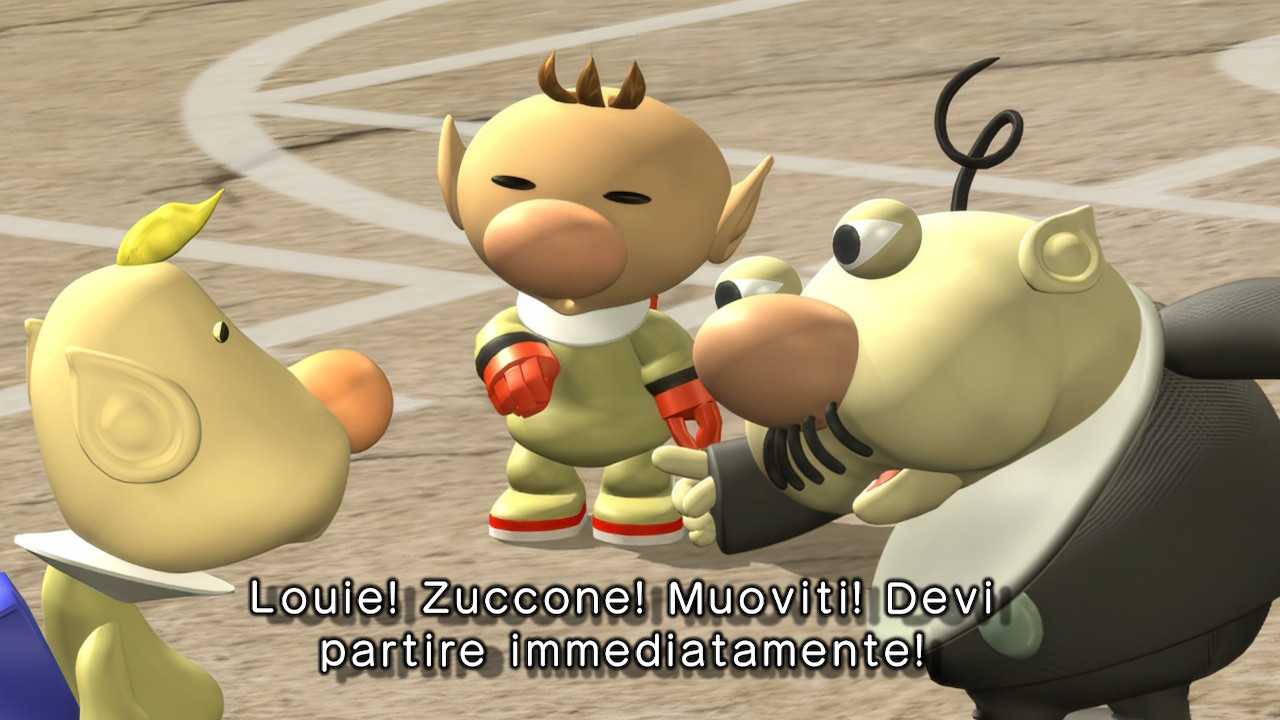
Magnifier p̶e̶r̶ without burning insects | Pikmin 1 + 2 review
Let’s start from gameplay by Pikmin 1. The game, born from Shigeru Miyamoto’s prototype for the Super Mario 128 that never came to light as such, is based on the game designer’s passion for gardening and observing the smallest life forms in his garden. The gameplay loop consists of the search for items to drive our team of Pikminwhich will soon become a army real (without ever exceeding a hundred on screen). The little creatures, extricating themselves from the beasts against which to fight as little as possible, must alternate between the transport of resources to increase in number and that of the pieces of Olimar’s shuttle.
As exiles, the creatures can only face enemies if in clear numerical superiority: beyond any growth through nectar, none of them hold up well to enemy attacks. Your Pikmin will die and they will often. Contributing to the breath anxious of the first chapter, then, there is also the need to withdraw by sunset in-game, under penalty of losing all the Pikmin still on the field when time runs out. And speaking of time, there isn’t even much time left to finish collecting the pieces: thirty days alone, divided by as many components. Fortunately, the game allows you to freely replay the previous days, also benefiting in replayability. In general, the whole thing translates as a hybrid between real-time strategy and perennial escort mission.
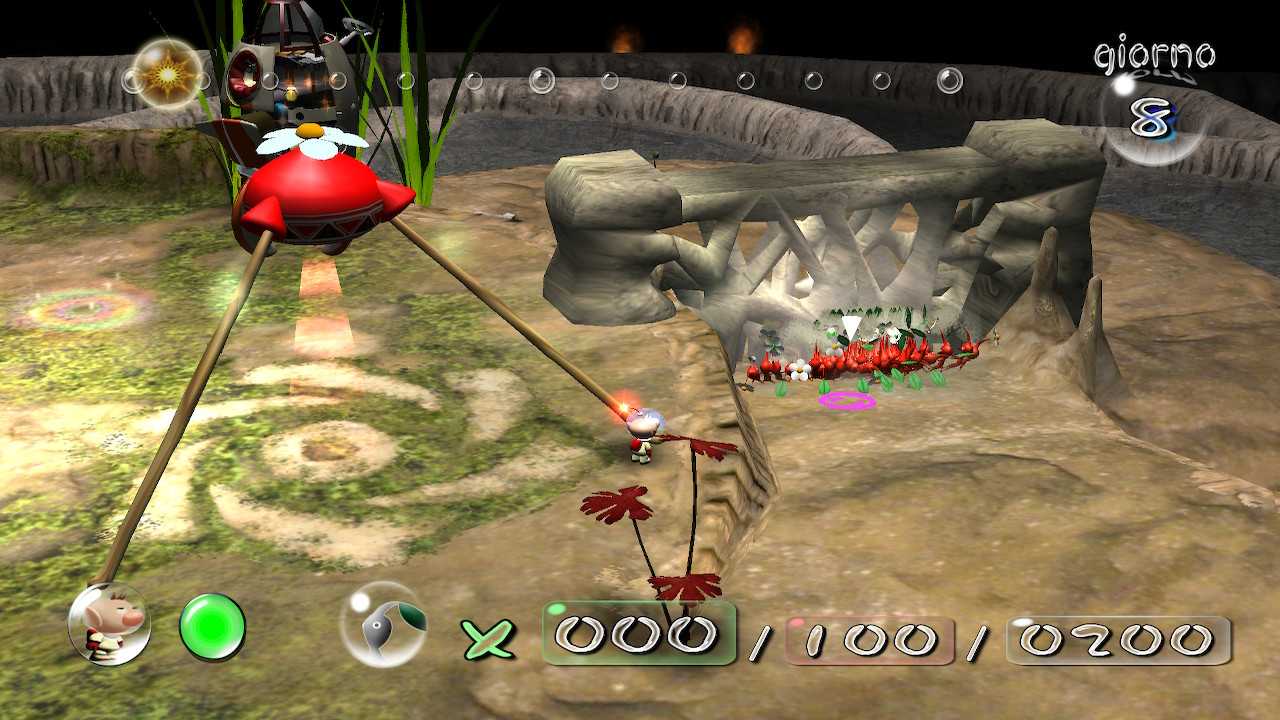
Tough and irrepressible, all different | Pikmin 1 + 2 review
The various Pikmin are divided into five types, two of which are exclusive to the second episode (the reason behind the three species on the icon of the first and the five that stand out on that of the successor). The basic ones are the rossi, immune to fire, and balanced between attack and speed. Then we have i Detective stories, immune to electricity and weak on offense, but light enough to be thrown high. Finally, at least as regards the first of the two games, i blu they are the weakest in attack, but at least they avoid drowning at the first body of water they set foot in. This trio, if nothing else, already contributes to a rock-paper-scissors strategy for the first chapter.
To mix the cards on the table, in Pikmin 2, provide the last two arrivals. The typology viola it is the most “chubby”, with all that derives from it: slowness of movement, high attack power and the possibility of balancing numerical inferiority with the strength of ten Pikmin each. Those bianchi, then, are the fastest and, at the expense of weakness in attack, are immune to poison as well as a source of the same for enemies foolish enough to eat them, as well as being able to dig up any buried treasure. Both types, however, do not emerge from the ground: you have to venture into undergroundnew in the second episode, to get them.
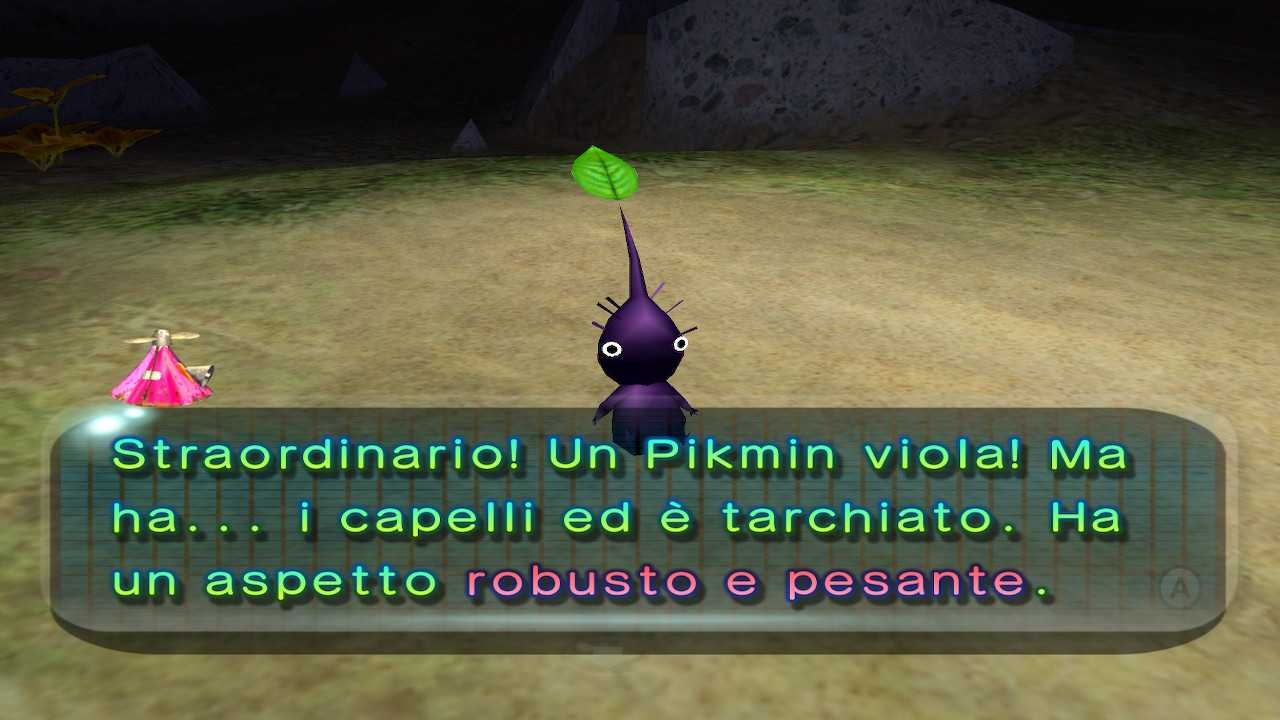
“Doctor, I have fever two!” | Pikmin 1 + 2 review
We would not know whether to define Pikmin 2 as the evolution of its forerunner or what it should have always been (similar to Tears of the Kingdom, of which Breath of the Wild was the “beta”). The cave they are only the first of the big news: underground tunnels from the vein roguelike (as they are different at each visit) in which time stops being a tyrant, with the need to make the Pikmin obtained outside (and transforming them into purple and white with the appropriate flowers) as the only price to pay. Both inside and outside the caves, however, the focus is mainly on treasures to be found.
The implication we alluded to a few paragraphs ago when speaking of a post-apocalyptic earth was precisely this. In the original (and on Wii, in the New Play Control series!) there were products from the real world, establishing irrefutably that the Pikmin were “among us”. But even if all this is missing (with all in all “convincing” fictitious brands), we now have 300 days to fill our Piklopedia with information on enemies and, why not, also on the myriad of abandoned objects taken from Nintendo’s over 100-year history, including playing cards and the legendary Love Tester from the sixties.
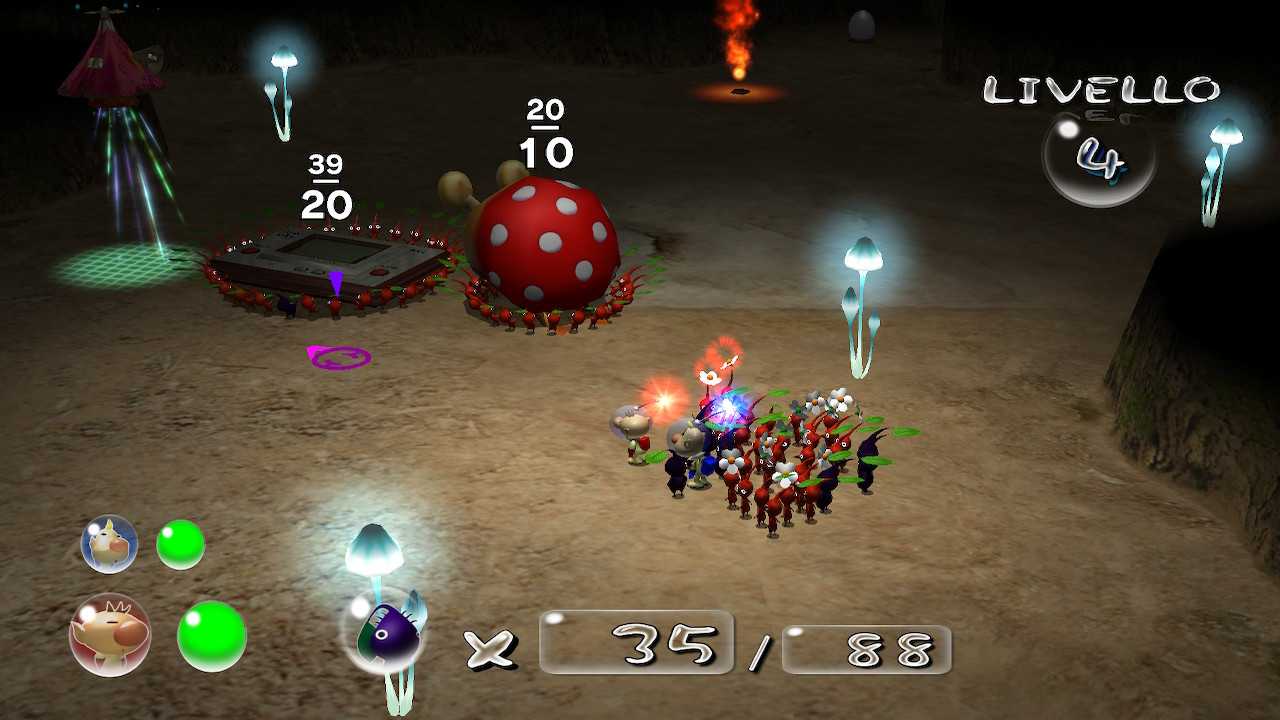
Challenge with the “d”, not with the “g” | Pikmin 1 + 2 review
To embellish the range of options in the first game in terms of gameplay is the Challenge mode, in which to chase (ironically with much less anxiety) the highest score. Our aim, in this case, is purely to start from scratch and expand our Pikmin army as much as possible in one of the locations unlocked during the main adventure. This gives even more replayability to a title conceived mainly as part of the contextual limbo that unites the launch games of each platform for better or worse, whether it is Nintendo or not.
Even without dwelling on the occasional repetitive parenthesis, punctuated by the time spent waiting for the Pikmin to finish breaking down a barrier, creating a bridge or more simply bringing an object to the base, we pretty much said it all about the first game. The completionism with which the pieces are collected leads to three possible different endings, but in principle the arcade vein of the game tends to penalize it by making it quite “disposable” by modern standards (and, in part, also by those of 2001). The sequel improves on this too, adding to the Challenge Mode unlock a co-op locale as an extra reward.
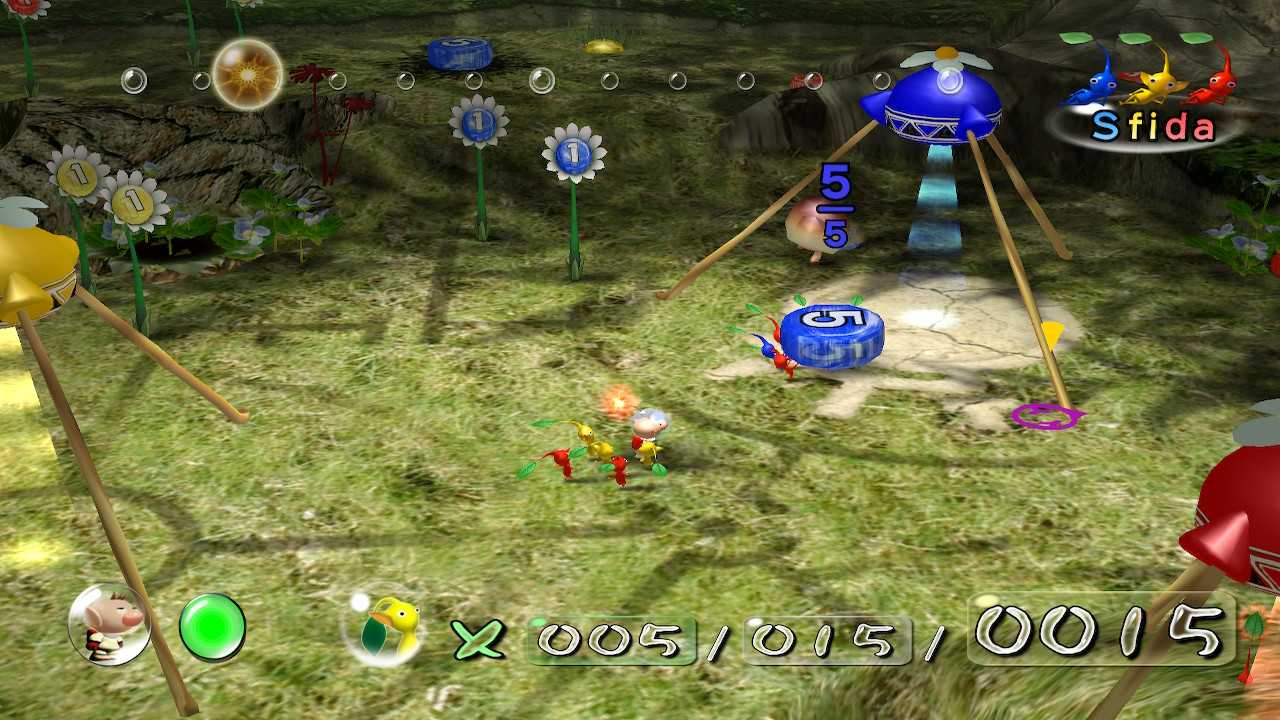
“I think of myself” | Review of Pikmin 1 + 2
Other than this option, Pikmin 2’s multiplayer isn’t just Challenge mode. In fact, even before you unlock it, there is 2G Clash, in which the figure of Louie (born as the equivalent of Luigi, in case anagram Olimar without the elle does not make it clear) plays his role of second player. Actually his job in the adventure is to manage two different teams of Pikmin at the same time for deeper puzzles, but this is where it becomes really essential. The two captains, with two teams of little creatures in tow (red for Olimar and blue for Louie, with no difference in skill), face each other in a battaglia singular.
It is basically a reinterpretation of the “Capture the Flag” seen in shooters, with two marbles instead of flags. With the main difference, however: there are more ways to win. In addition to stealing the opponent’s marble only once, it is possible to bring the four neutral marbles on the field to your base or, more simply, eliminate all enemy Pikmin. The strategic depth, while surviving in the three different options, is here reduced to the bone in favor of a reinterpretation of the gameplay loop devoted to immediate fun. In other words, pure Nintendo.
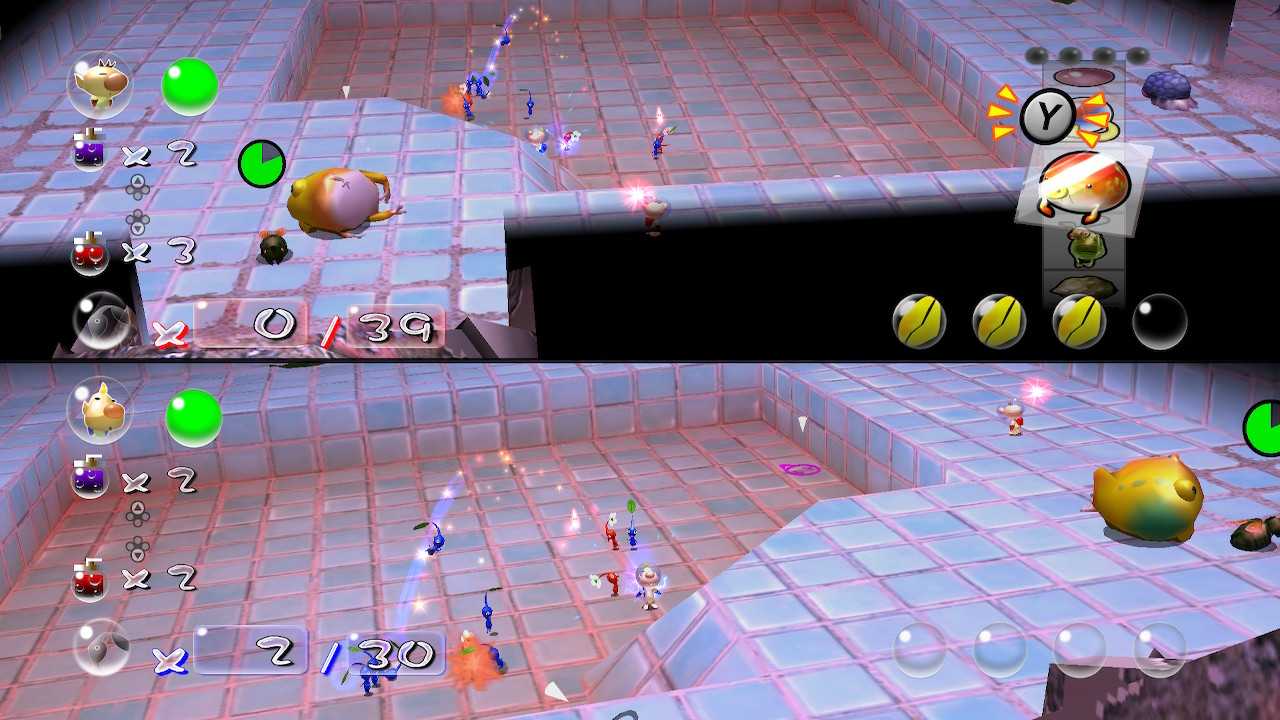
Galeotta was Samus’ shuttle | Pikmin 1 + 2 review
Let’s talk about the technical side of the game, starting from graphics. Although the writer is an indefatigable lover of the Big N, it must be recognized that in this case the work carried out is stopped at minimum wage. There was undoubtedly some good upscaling, but the twenty-two years of textures in the first game and nineteen in the second are hard enough to ignore. Which is a shame. If you remember correctly, we opened the review with a reference to the first “shadow drop of a title born on GameCube”. Well, compared to the original, Metroid Prime Remastered is on balance a new game. Which cannot be said here. Not to mention that, of its own, the original Pikmin already boasted a “late N64” artistic style starting from the interfaces.
Different speech, however, for the sonorous. There isn’t a single melody in the game that is out of place, always in the middle between the epicness perceived by Olimar and the tenderness he feels to us who look down on him. Certain gimmicks, such as the grumbling with which the Pikmin sometimes accompany the soundtrack, elicit smiles on several occasions today as then. And unlike the merciless comparison with Samus’ adventure, in principle the audio sector is part of a time capsule aged with much, really much more dignity. As far as she can …







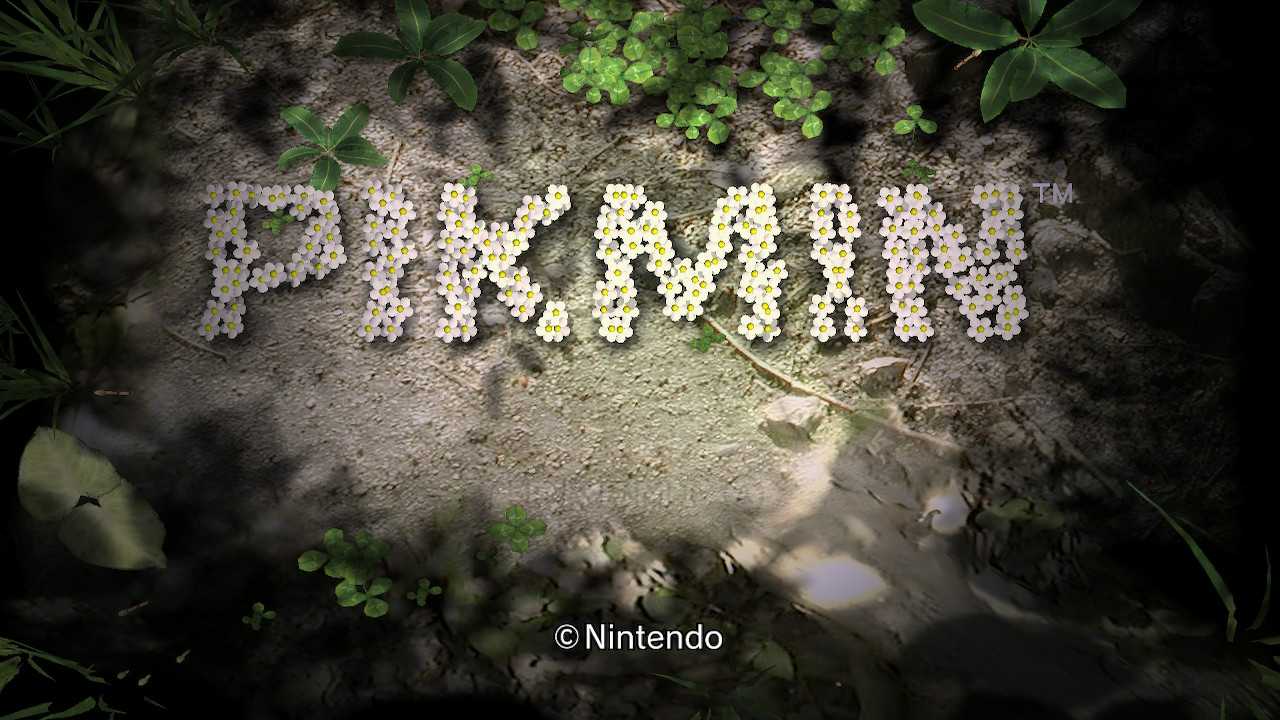




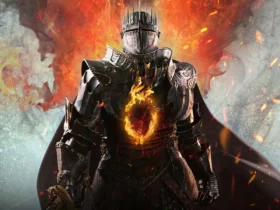
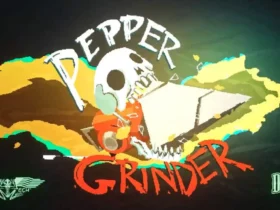
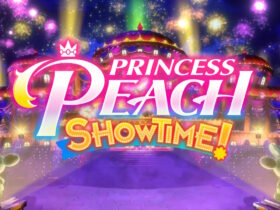
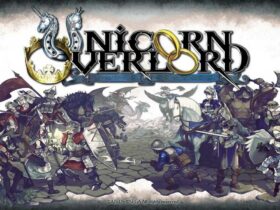
Leave a Reply
View Comments